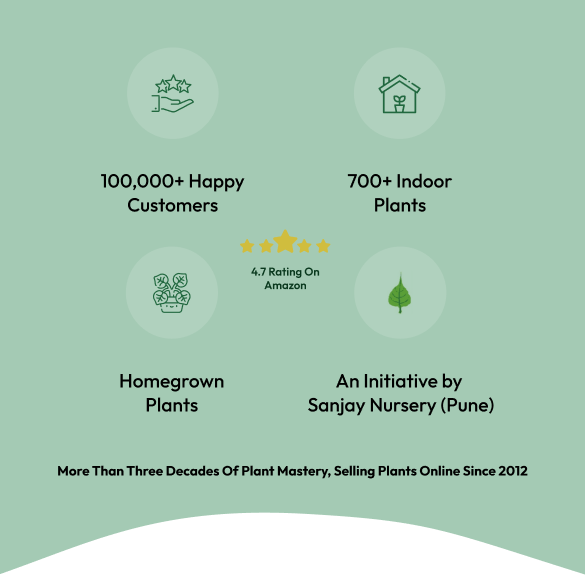Size : 75 Litres
Peat: 0–3mm 100% Nutrients added (mg/l): N 120, P205 140 (P 60), K20 240 (K 200)
pH Range: 5.3–5.7
Conductivity SC Range: 300–500 μS.cm
AFP: 6–8% volume approx
Features :
Superb structural stability.
• Resistance to shrinkage and slumping.
• Excellent air capacity maintained during the life of the crop.
• Good buffering capacity.
• A perfect structure builder in potting soil mixtures.
• Plus the benefit from harvesting from carefully managed and well monitored bogs not treated with pesticides: ISO certified and reliability underpinned by first-class stock maintenance.
• Higher level of humic acid content.
• Milled Bord na Móna peat has lower levels of fine particles compared to less developed peat (H1, H2, H3).
Benefits :
1)Structural stability:
Stability refers to that property of peat which prevents it from breaking down due to microbial, mechanical or other factors. Structural stability reduces shrinking and slumping of peat. Bord na Móna Irish peat is renowned for its superb structural stability.
2)Mechanical stability:Mechanical stability refers to the propensity of peat to break-down during mechanical handling. This leads to the creation of fine particles and consequently to a reduction in air space. If peat is mechanically stable it will breakdown less during handling and transport. This applies especially to fractioned and coarse peat. Bord na Móna Irish peat is mechanically stable which means it is more resistant to breakdown.
3)Buffering capacity :Buffering refers to the capacity of a material to withstand changes in either pH or salinity as a consequence of water quality. With the same rate of lime the net change in pH is lower in Irish peat compared to other peats. This means that Irish peat is more buffered against pH change which can lead to nutrient deficiencies/toxicities. Irish peat is derived mainly from Sphagnum imbricatum while Baltic peat is derived mainly from fine leaved species such as S.cuspidatumn. S.imbricatum has larger branch and stem leaves meaning that air space is still likely to be high even with fine material e.g 0–3mm peat. Larger leaves also result in a higher Cation Exchange Capacity (CEC). In a practical sense this means that Irish-type peat is better at protecting the plant from poor quality water (i.e. saline condition or conditions of high pH) than Baltic type peat.
4) Salinity effects on plant growth : The higher buffering capacity of Irish peat allows it to withstand the negative properties of saline water.
5) Resistance to self-heating: When the peat is stockpiled in Bord na Móna it is stored in a Peco pile rather than the Haku pile used in most other countries. The Peco pile is much lower, less than two metres, so there is less chance of self-heating that is the case with the larger Haku pile. The fact that Irish peat is more humidified also means there is less chance of self-heating. Self-heating of peat can affect plant growth. Self-heating can also occur when peat is stored for longer periods.







